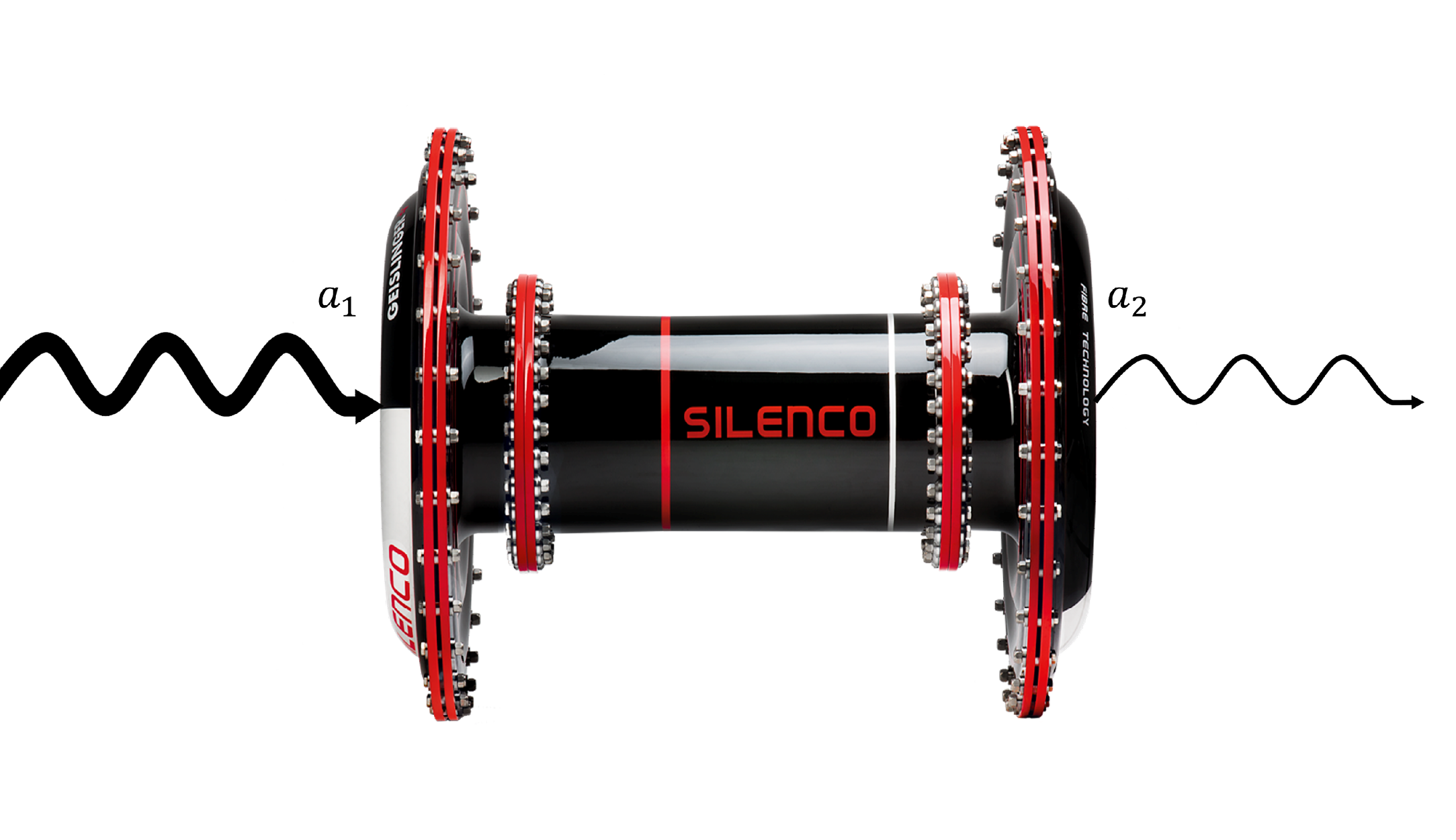SHARE ON:
Link copied!
The structure-borne sound from vessels is interesting from many points of view. One of the major sources of noise are the engines in the vessel. These generate vibrations that propagate into the ship via the primary and secondary paths and can cause airborne sound or underwater noise emissions.
In the primary path, the engine vibrations pass through the mounts into the engine foundation and the ship's hull. In this case, the structure-borne sound can cause noise in the working areas and passenger cabins, which can have a negative effect on employees and guests. However, the excitation into the surrounding water also causes noise outside the ship. In addition to endangering the ocean environment, higher port charges may also be charged. This transmission path can be reduced by using better engine mounts.
The secondary path leads via the engine into the drivetrain, the gearbox and shaft bearing and into the ship's hull. To reduce this transmission path as well, Geislinger has developed high performance composite couplings with misalignment and noise-reduction capabilities.
In addition to the proven method of measuring the transmission loss function of the coupling, dynamic stiffness is becoming increasingly interesting. Under certain conditions, dynamic stiffness is independent of the test bench, which makes it much easier to compare different product solutions and their influence on the overall acoustic performance. Furthermore, measuring dynamic stiffness at the customer's premises is not practical due to the unwieldy test set-up. To calculate the dynamic stiffness, LC , the force F and displacement have to be measured. The result is calculated using the frequencies as follows:
LC=20 log((F∙x_0)/(x∙F_0 ))dB.
To evaluate and further develop this methodology, a simplified coupling was simulated and measured under various load conditions. In addition, the entire test rig was simulated and measured with special focus on the dynamic stiffness. A sketch of the test bench is shown in figure 2. The goal of this investigation was the improvement of the measurement principle and the simulation capabilities for such kind of products. Virtual development has great potential for shorter development cycles and optimization of complete systems behaviour in an early development phase.
The simulated dynamic stiffness shows a good correlation with the measured dynamic stiffness. The thorough analysis of such a correlation creates the basis for further improvement of the simulation model.
Geislinger's measurement and simulation experts are prepared to solve complex acoustic problems in various powertrains and offer customers the best product solution for their use case.

